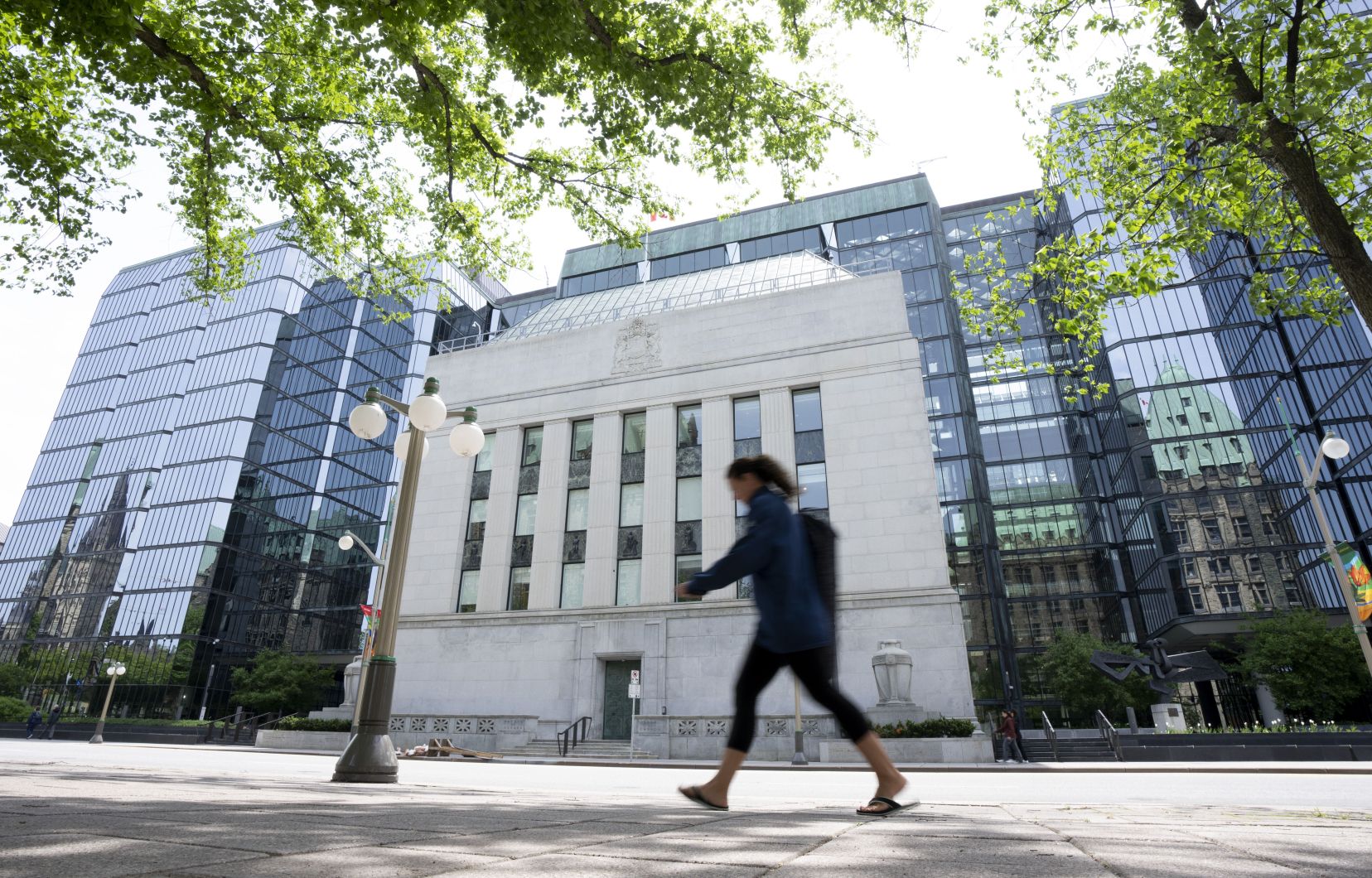After a burst of energy this spring, the Canadian economy appears to have fallen into neutral, reinforcing the sentiment that the country’s central bank will continue its interest rate cuts this year, starting next week.
Spring has started off rather well. Driven mainly by government spending, the Canadian economy grew at an annualized rate of 2.1% in the second quarter of the year, compared with 1.8% in the first three months of the year and zero or slightly negative in the last half of 2023, Statistics Canada reported Friday. This performance in the second quarter of 2024 was higher than experts’ expectations (1.8%) and the Bank of Canada’s most recent forecast (1.5%), made last month. But there is a but.
More than half of this growth from April to June came from increased spending in the public sector, particularly on salaries. Businesses also contributed through their investments, but mainly through the very one-off purchases of aircraft and transport equipment.
Household spending, meanwhile, slowed for a second straight quarter as Canadians struggled with “relatively higher” mortgage renewal costs, Statistics Canada said. Residential construction investment fell for the eighth time in nine quarters.
As the population continues to grow faster than its economy, gross domestic product (GDP) per capita has declined for a fifth consecutive quarter and a seventh quarter in the last eight since the second half of 2022.
And then, the trend of the last few months is not going in the right direction. In fact, the last quarter started with a monthly growth of 0.4% in April, followed by a much more modest progression of only 0.1% in May, followed by no growth at all in June (0%). The Canadian economy had still not taken off again in July (0%), if the first estimates from Statistics Canada are confirmed.
Rate cuts coming soon
At this rate, it is difficult to see how the third quarter could end other than with a growth rate well below the Bank of Canada’s forecasts, which last month was still expecting an annualized rate of 2.8%, analysts observed.
One of the important factors in this economic slowdown is the increase in interest rates by central banks, in Canada as in several other countries. In the fight against soaring inflation, they aimed to weigh on the demand for goods and services of consumers and businesses by increasing the cost of credit.
In Canada, the central bank’s key rate jumped from 0.25% to 5% from March 2022 to July 2023. This movement began to reverse last June, with an initial rate cut of 0.25 percentage points this June, followed by another of the same magnitude at the end of last month, for a key rate of 4.5%.
The Bank of Canada believes it has achieved its main objective, with inflation as measured by the annual growth of the consumer price index (CPI) notably falling from 8.1% in June 2022 to 2.5% last July. However, this has come at the cost of a vigorous slowdown in economic activity, which has resulted, among other things, in a rise in unemployment from 5% at the start of 2023 to 6.4% this summer.
If the trend continues, further interest rate cuts will be forthcoming, Bank of Canada Governor Tiff Macklem explained last month.
Many observers are confident that the central bank will do it again next week, when it updates its key rate on Wednesday. In fact, TD Bank economist James Orlando noted in a brief analysis Friday, markets are now pricing in a quarter-percentage-point rate cut in each of its three remaining rate announcements this year, bringing its key rate to 3.75%.
And it won’t stop there, predict Nathan Janzen and Claire Fan of the Royal Bank. They expect the Bank of Canada to have cut its key rate from 4.5% to 3% by the middle of next year.
It is not impossible that it will move faster in business this fall if the state of the economy continues to deteriorate, especially if its neighbor, the American Federal Reserve, takes the same path, explained the chief economist of the Bank of Montreal, Douglas Porter.
